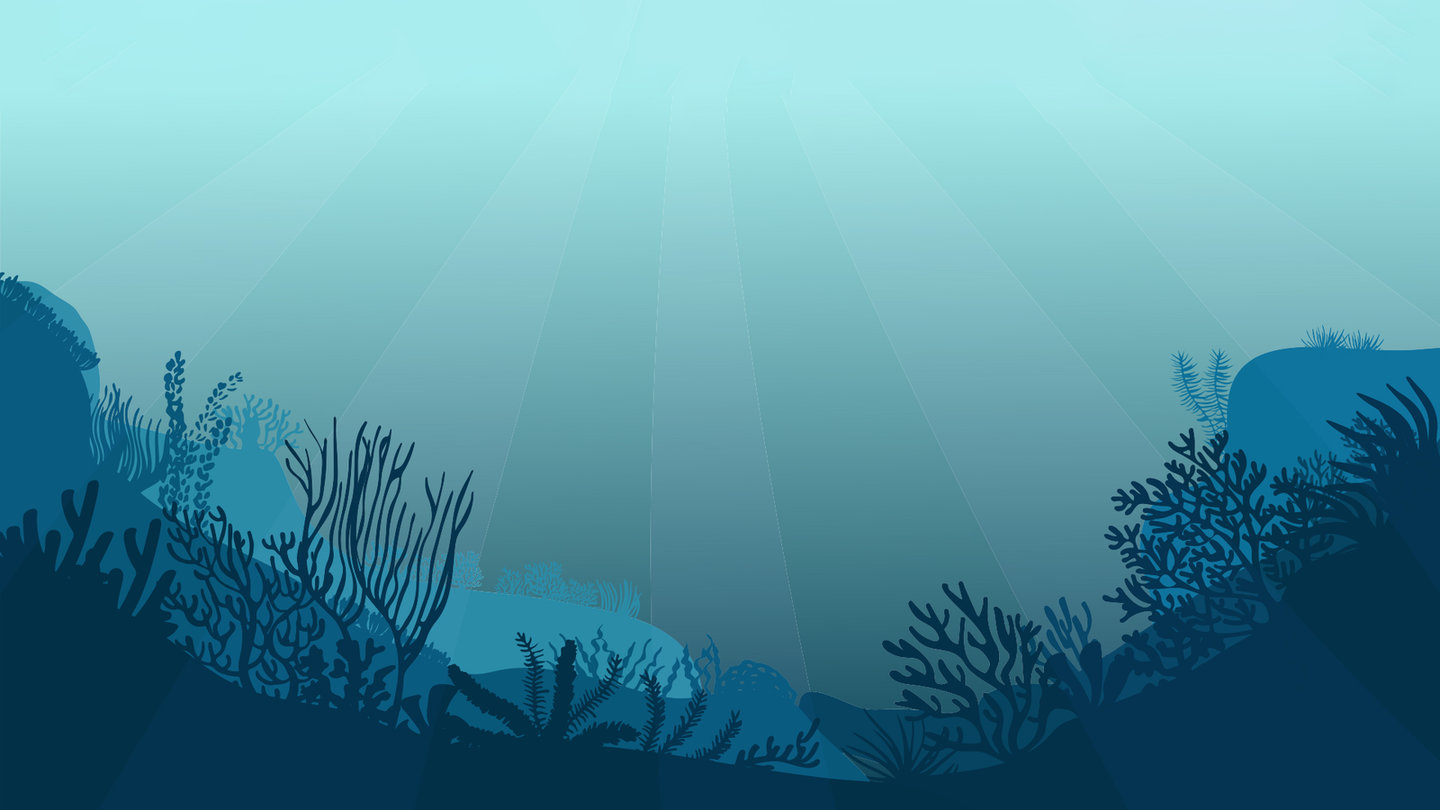MATERIALS
Plunder the sea:
could seaweed form the bedrock of packaging sustainability?
As the world increasingly moves away from plastic, seaweed is becoming an unlikely hero for sustainable packaging providers. Companies are capitalising on seaweed’s numerous benefits, including its natural abundancy and biodegradability. Deborah Williams explores the benefits of seaweed packaging and its potential future.
Image courtesy of Tetra Pak
A type of complex algae, seaweed grows in still water environments such as the ocean and is already used to produce many everyday consumables. Red algae are currently harvested in large quantities to create vegetable gelatine for foods and cosmetic products. Some larger algae are used to produce medicines, fertilisers and dietary chemicals. It is also claimed that seaweed may help defeat drug-resistant superbugs and help stop cows burping. But with its proven sustainable properties, could seaweed also be the future of packaging?
Sustainability in packaging has been a cause heavily pushed by concerned consumers due to the devastating effects plastic packaging waste has had on the environment. According to Plastic Oceans, around 300 million tonnes of plastic is produced globally every year, with 50% dedicated to single-use purposes. By replacing current packaging materials with seaweed, in markets such as food and drink, the world’s packaging waste issues and recycling systems could be revolutionised.
The lifecycle process of seaweed
Seaweed aquaculture is the process of farming for seaweed. According to the Aquaculture Alliance, the growth of this industry is good for the economy and the ocean. Currently, large-scale seaweed aquaculture only occurs in Asian countries such as China, Japan and Korea, due to the continent’s high demand for seaweed food products. In particular, seaweed aquaculture is highly popular in China, where, according to The Seaweed Site, 59% of the world’s seaweed production occurs.
There are several ways to source seaweed in bulk. One method requires seedlings to be tied to monofilament fishing lines and positioned between mangrove coastline shrubs. The second method, which uses anchored floating cultivation lines, can be used for long-line cultivation in deeper depths of water.
Seaweed aquaculture in Asia requires a relatively low-scale use of technology, with a high level of labour. Over the years, seaweed farmers have tried to create high-tech methods to cultivate detached plants in tanks, to reduce labour. However, this has not yet yielded successful results.
Seaweed packaging: do the benefits outweigh the costs?
Offering biodegradable and zero-waste benefits, as well as being edible and nutritious, seaweed packaging offers benefits that many other packaging materials cannot.
Seaweed grows within 45 days, can be harvested straight away, and does not require any fertiliser – making it more readily accessible than corn or sugar cane, which requires agricultural land in order to grow. To make seaweed packaging, the raw material is collected and fermented without any chemical processing. The yeast residue can then be converted into animal feed.
Socially responsible enterprise Evoware created its seaweed packaging to replace currently non-recyclable sachets. Evoware’s work combines two core values, innovation and collaboration. Its mission is to create innovative solutions from seaweed to solve the plastic waste issue, while increasing the livelihood of Indonesia’s seaweed farmers.
As well as aiming to combat plastic waste, Evoware also intends to reduce carbon emissions and maintain seashore cleanliness.
Ooho drink capsules seem as though they could be a revolutionary solution for packaging
The Indonesian start-up also credits increasing income and improving wellbeing as its two main reasons in championing the seaweed farmer cause.
With five of the six poorest provinces in Indonesia producing seaweed, the company stated that its concerns regarding the livelihood of seaweed farmers stem from a large volume of seaweed production not being used or in oversupply, as well as most farmers being poor due to a long marketing chain and loan sharks.
In other sectors, seaweed packaging has made its debut into the sports world with the Ooho drink capsule by Skipping Rocks Lab. Initially distributed for a trial period at last year’s Richmond Marathon, the capsule was later distributed at this year’s London Marathon. With its waste-free properties, Ooho drink capsules seem as though they could be a revolutionary solution for packaging.
However, the capsule lacks some of the qualities offered by its bottle counterparts. Firstly, the capsule can only quench an instant thirst, as it only holds the equivalent of a large gulp. Secondly, it is not as durable and can burst under pressure, meaning it cannot be easily carried around by consumers. For the format to be adopted more widely, these issues would need to be addressed to improve user-friendliness.

The future of seaweed packaging
With more and more companies pledging to ‘go green’ and look for innovative ways to package their products, seaweed packaging could grow to become a worldwide source for small-scale packaging solutions. In terms of the large-scale products, seaweed may not work due to costs, labour concerns and durability.
In the UK, research into seaweed aquaculture has expanded with particular focus on algal biofuel. However, many industry experts claim this could be a slow-burn effort due to farm running costs, regulations, licensing requirements and volume production. Regardless of the issues, seaweed aquaculture could become part of the nation’s packaging developments in the future.
It is safe to assume that seaweed packaging won’t be the ultimate answer to the world’s packaging needs. But with its promising properties, growing popularity and companies such as Evoware and Skipping Rocks Lab pioneering the material, it could only be a matter of time until seaweed becomes more widely adapted in the packaging industry.